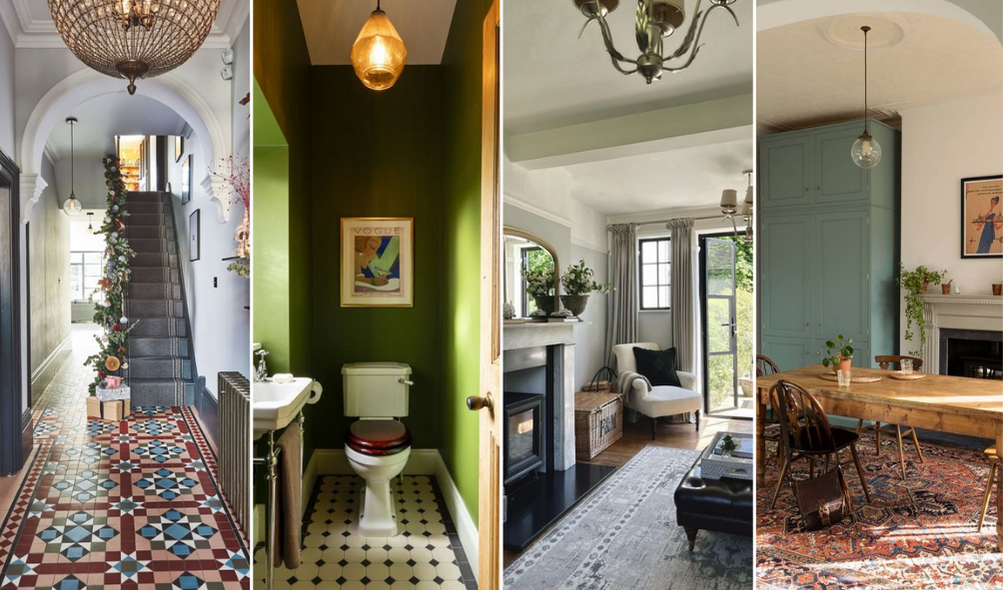
FAQ About Edwardian House Decor

What types of furniture were commonly found in Edwardian living rooms?
Sofas and Settees: Edwardian sofas and settees often featured graceful lines and more open designs compared to Victorian counterparts. Upholstery fabrics included floral patterns, damasks, and lighter colors.
Armchairs: Upholstered armchairs were popular in Edwardian living rooms, providing comfortable seating. Wingback chairs with a more upright design were common, often featuring wooden legs.
Occasional Chairs: Smaller occasional chairs, often with exposed wooden frames and upholstered seats, were used to add extra seating and visual interest to the room.
Chaise Longues: Chaise longues or daybeds were sometimes incorporated, offering a luxurious and elegant piece for reclining.
Coffee Tables: Edwardian coffee tables were typically made of wood, often featuring slender legs and a simple design. Some had glass tops, adding a touch of sophistication.
Side Tables: Small side tables were placed strategically around the room for holding decorative items, lamps, or drinks.
Writing Desks: Writing desks were common in Edwardian living rooms, often featuring fine craftsmanship with inlaid wood or decorative detailing. They served both functional and aesthetic purposes.
Bookcases: Wooden bookcases with adjustable shelves were used to display books and decorative items. The Arts and Crafts influence was evident in the simple and functional designs.
Display Cabinets: Glass-fronted display cabinets were used for showcasing fine china, collectibles, or decorative items. Some featured leaded glass doors.
Fireplace Surrounds and Mantels: Elaborate wooden fireplace surrounds and mantels were focal points in Edwardian living rooms. These often featured mirrors, shelves, and carved detailing.
Music Cabinets: Cabinets designed to store sheet music or musical instruments were common in Edwardian living rooms, reflecting the importance of music in the home.
Piano: Grand or upright pianos were prominent in Edwardian living rooms, emphasizing the cultural significance of music and entertainment.
Floor Lamps: Tall, slender floor lamps with shades in floral or geometric patterns were popular for providing additional lighting.
Rugs and Carpets: Oriental rugs and carpets with intricate patterns and muted colors were often used to add warmth and texture to living room floors.
Drapery and Curtains: Window treatments included lightweight drapery and curtains made from materials like lace, muslin, or cotton. These allowed natural light to filter through while maintaining privacy.
Wall Mirrors: Large, decorative wall mirrors with wooden frames were common, reflecting the Edwardian preference for elegance and light-filled spaces.
